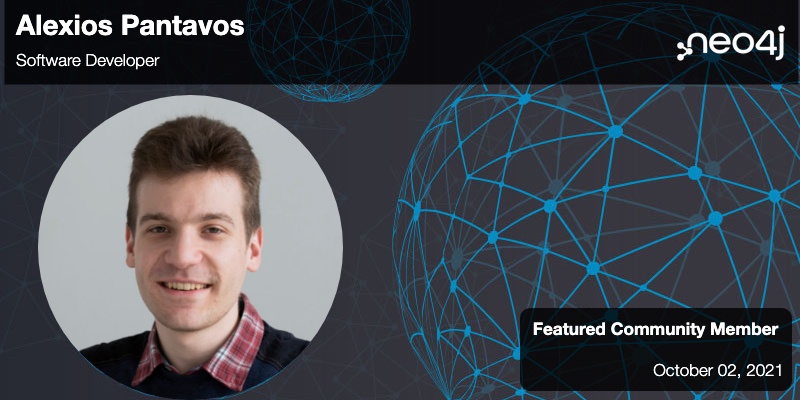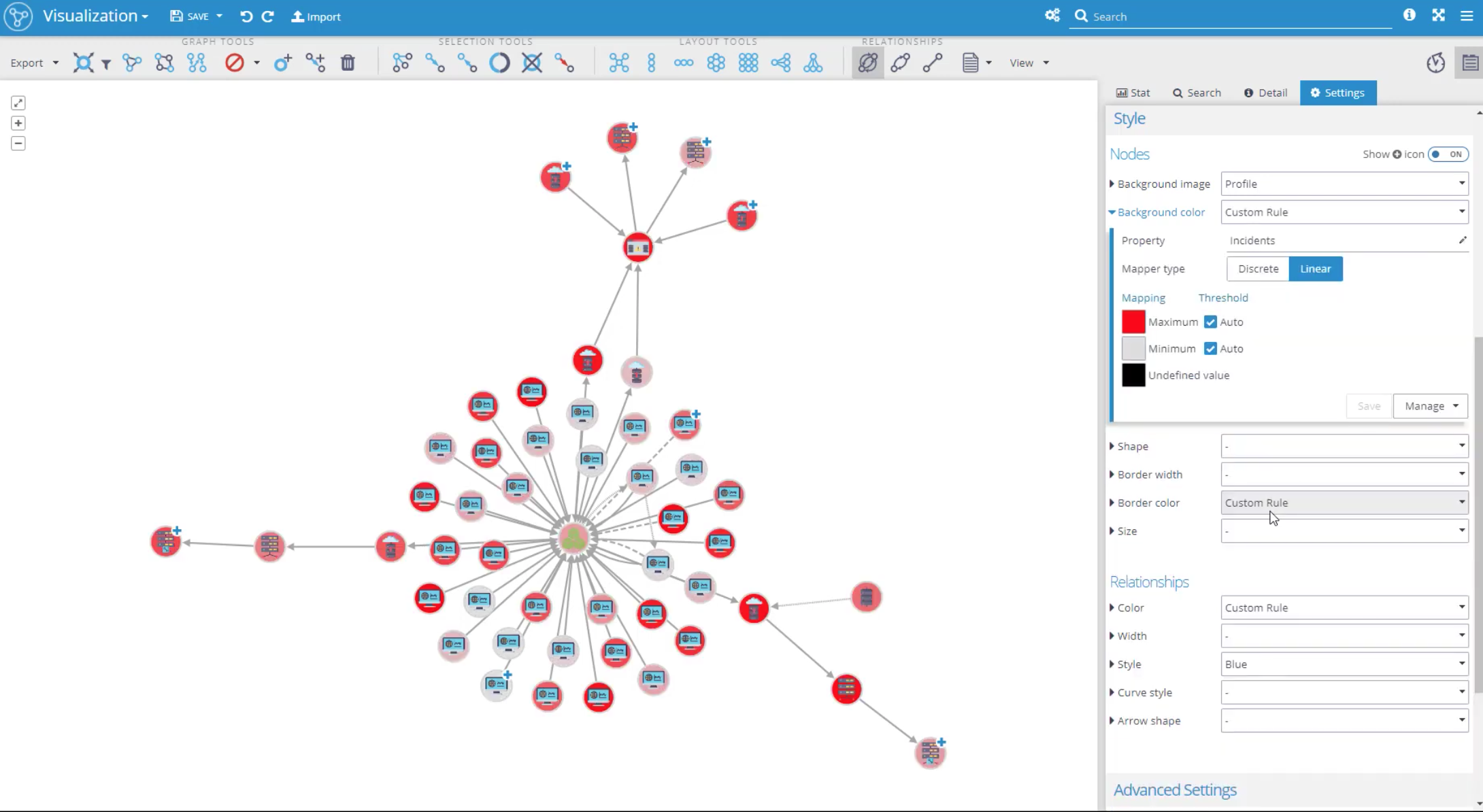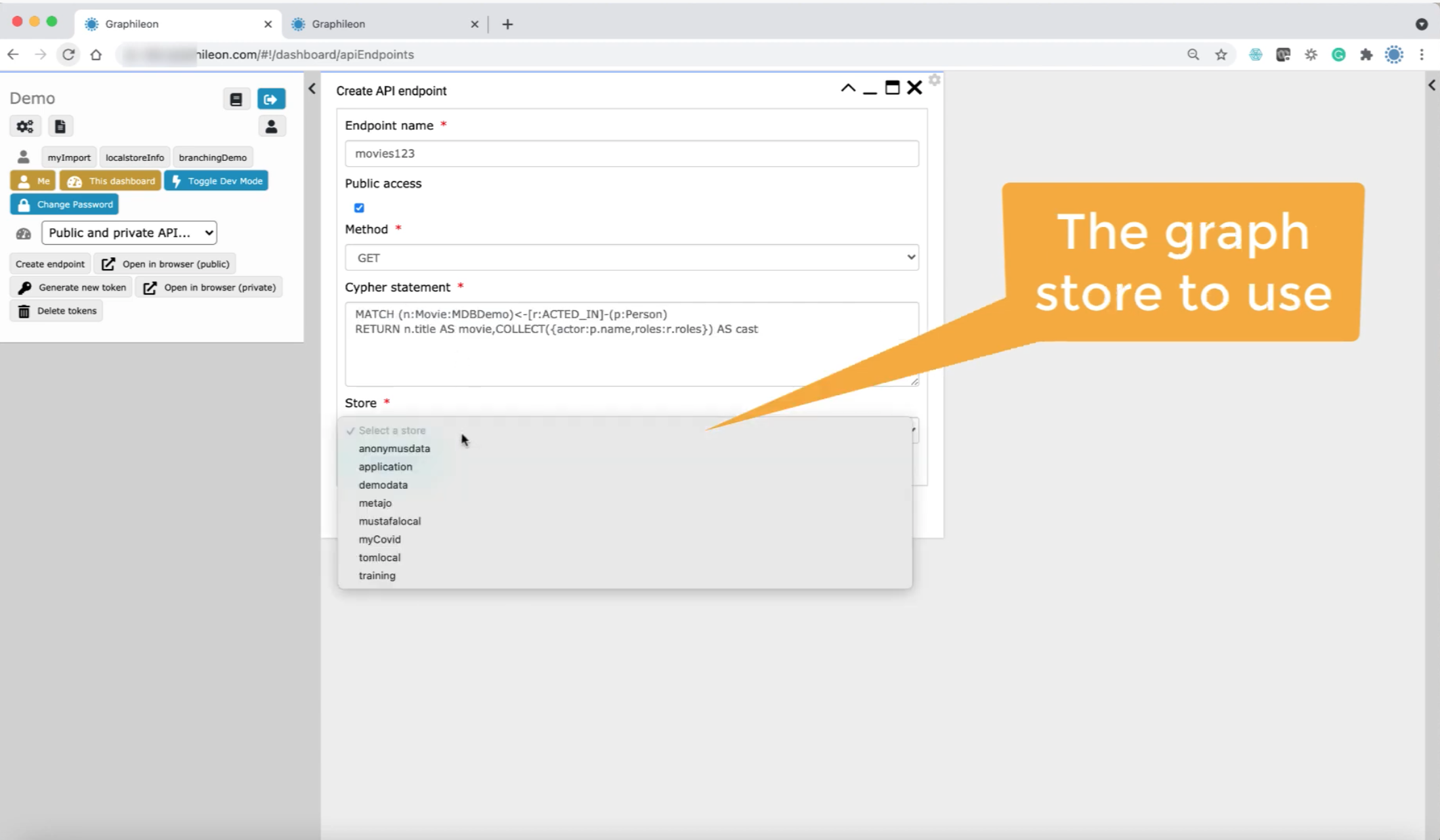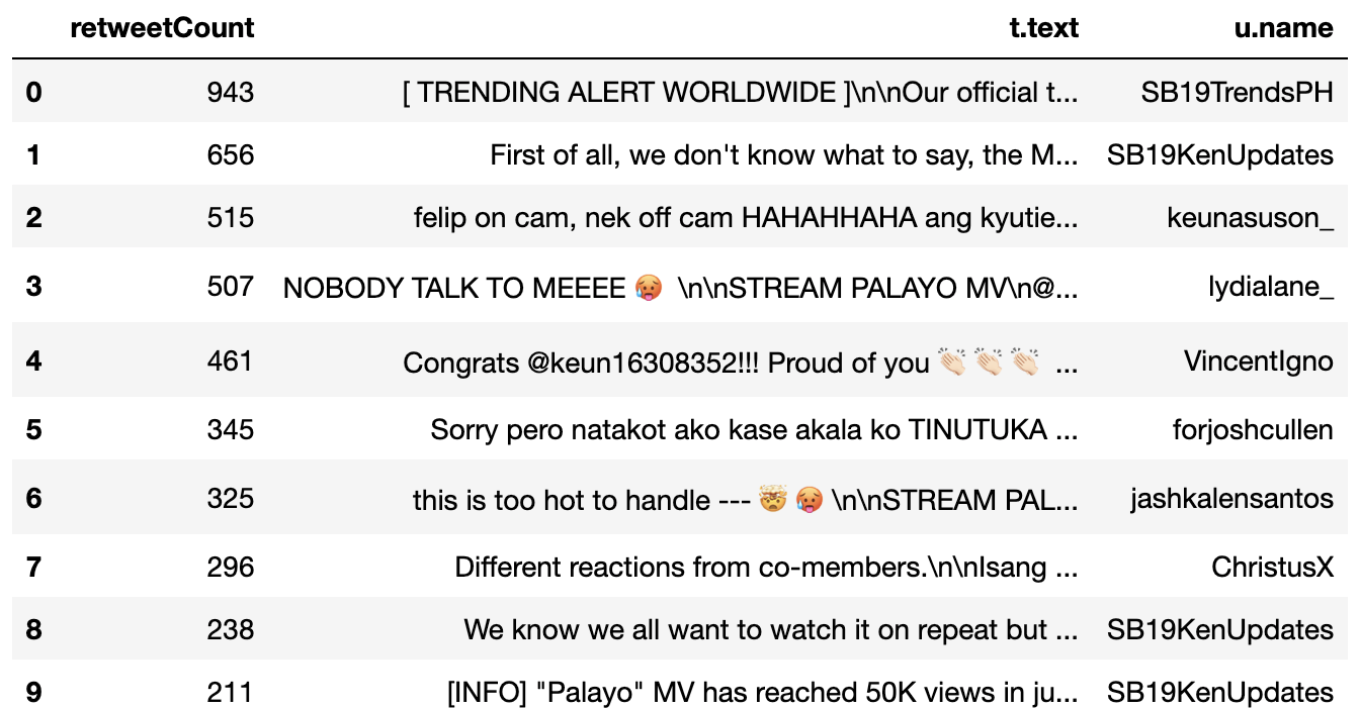This Week in Neo4j – Graphlytic Styles, Graphileon API Endpoints, O’Reilly Knowledge Graphs Course, Twitter Hashtags, Kafka with Neo4j AuraDB, Collatz Conjecture, Reactive Neo4j Spring Data

Curriculum Developer at Neo4j
5 min read

Hello, everyone!
In this issue, we’re featuring Alexios Pantavos, a developer who has worked tirelessly to help other Neo4j Community members.
The folks at Graphlytic published a video tutorial that shows you how to define rules for mapping styles with Graphlytic.
Graphileaon has a new video that demonstrates how to create a public or private API endpoint to access the Neo4j graph.
Clair Sullivan, a Data Scientist here a Neo4j, will be teaching a four-hour course on Knowledge Graphs for ML on October 7 through O’Reilly Online Learning.
Pankaj Kumar describes how he used the Twitter API to load data into Neo4j and the analysis he did around hashtags.
David Allen writes about the Neo4j Connector for Apache Kafka – version 4.1 has been released and allows for bi-directional streaming between Neo4j AuraDB and Kafka.
Adrien Sales describes how his interest in the Collatz Conjecture, a mathematical problem, prompted him to create a graph and analyze some data.
Jennifer Reif published an article about Neo4j Spring Data migration from 5 to 6 and how to incorporate reactive programming into the application.
And finally, we remind you about the Developer Relations videos and some new ones that were added to the playlists.
Cheers,
Elaine Rosenberg
Featured Community Member: Alexios Pantavos
This week’s featured community member is Alexios “Alex” Pantavos, Software Developer at Akelius, Residential Property AB.

Alexios Pantavos – This Week’s Featured Community Member
Originally from Athens, Greece, Alex moved to Berlin, Germany three years ago for an internship as an Application Developer.
He came across and fell in love with Neo4j when looking for a database that can manage the complex attributes and components of properties – apartments.
As a graph, the many variable aspects of residential living places can be managed flexibly and used for comparisons, recommendations, and more.
Alex is building the API-Backends, managing the database, and building and optimizing Cypher queries.
Alex was an early volunteer at AIESEC, a non-profit to help the organization and its participants with IT-related challenges.
Thankfully, he’s also been providing the same level of help and support in the Neo4j Community, helping answer a lot of questions.
He shared that helping others is one of the best ways to learn about any topic.
If you want to see Alex in action, check out the pre-NODES live-stream recording where he shares what he enjoys about the Neo4j Community.
Thank you so much for all your contributions, Alex.
Style Mapping Rules with Graphlytic

Graphlytic posted a video that teaches you how to use their style mapping functionality when you explore Neo4j graphs.
The tutorial first shows how to define discrete mappers for visualizing the graph.
Then it illustrates how to define rules for how nodes will be displayed, based upon a numeric property value in the node.
Creating API Endpoints with Graphileon

Graphileon posted a video that shows an easy way to create public and private API endpoints to which other systems can send GET or POST requests.
The requests trigger the execution of Cypher code against a graph.
Setting up an endpoint takes less than two minutes.
O’Reilly Learning – Knowledge Graphs

Clair Sullivan from Neo4j will be teaching a four-hour, very interactive workshop with O’Reilly Media on October 7, 2021.
The name of the session is: “Introduction to Knowledge Graphs: Creating knowledge graphs to solve problems with machine learning.”
After taking this course, you should be able to:
- Create a basic knowledge graph
- Augment a knowledge graph with additional information
- Apply analytics and data science techniques to create a knowledge graph solution
- Use natural language processing (NLP) to extract unstructured text for a graph
- Scrape Wikidata to get the relationships for all named entities in a text
Twitter Hashtag Analysis

Pankaj Kumar posted an article describing the work he did to analyze Twitter data.
He describes how he collected tweets on a hashtag and created a graph of tweets and users who tweeted and retweeted these tweets from different locations.
He used the Twitter API to collect the data and then merged the data into a graph.
And finally, he shows some of the Cypher code he used to query the graph to analyze the data.
Kafka for Neo4j AuraDB

David Allen from Neo4j wrote an article that introduces you to using Kafka and Neo4j AuraDB.
In this article, he describes how to produce data from Neo4j AuraDB to Kafka using a Kafka Connect Source that is available with the Neo4j Connector for Apache Kafka, version 4.1.
With this latest 4.1 release, the Connector allows for bi-directional exchange of data between Kafka and Neo4j AuraDB.
In this article, David outlines some use cases and then details how it works under the covers.
The Collatz Conjecture

Are you a mathematician who has always wanted to solve the Collatz Conjecture problem?
Adrien Sales experimented with the problem by seeding some data.
He was interested in what the graph would look like. In this article, he describes the experiment and how he analyzed the data using the Neo4j Graph Data Science Library.
Migrating from Neo4j Spring Data 5 to 6, Part 3
Jennifer Reif from Neo4j posted her third article about migrating Neo4j Spring Data.
First, she summarizes what Reactive Programming is.
Then she walks through how to adapt the code in a Github repository to use reactive method access.
Read the Blog
Developer Relations Videos
Here are the links to these valuable YouTube Playlists.
New this week:
- Exploring the StackOverflow Dataset in Discovering AuraDB Free.
- Populating the Database from a JSON file in Bite-Sized Neo4j for Data Scientists.
Tweet of the Week
My favorite tweet this week was by Neo4j:
What year did you start using graph technology?
Please add your country flag in the responses — go ?#graphanalytics #graphdatabase #neo4j— Neo4j (@neo4j) September 22, 2021
Don’t forget to RT if you liked it too!








